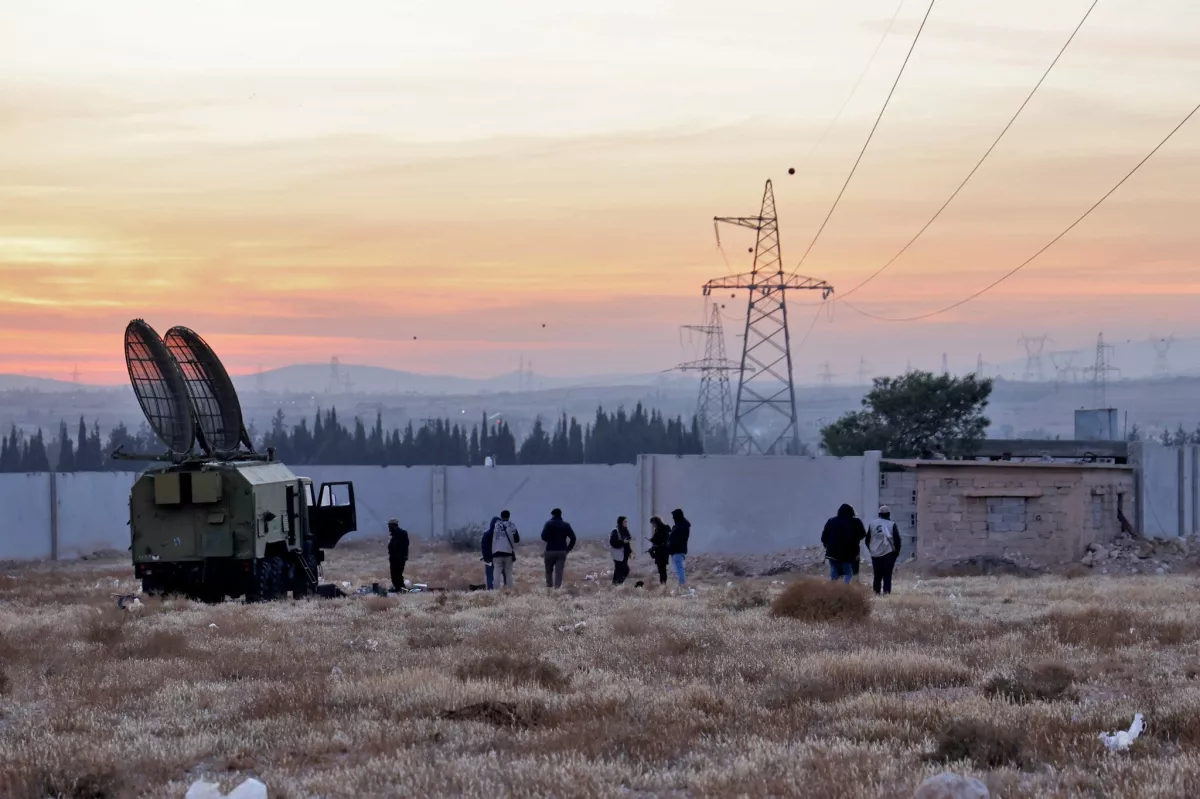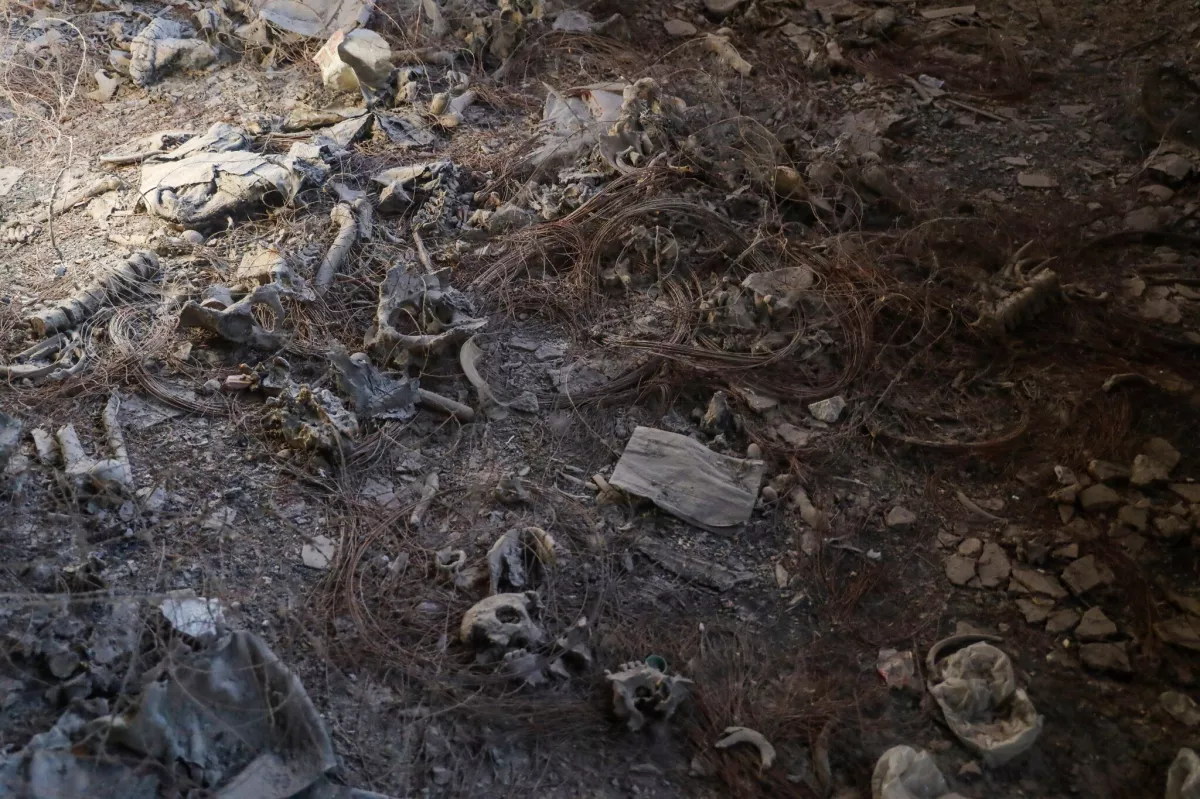Tens of thousands of bodies secretly relocated by Assad forces, witnesses tell Reuters Inside covert two-year operation to hide evidence of mass killings
A secretive operation orchestrated by the Syrian government under President Bashar al-Assad transferred thousands of bodies from one of the country’s largest mass graves in Qutayfah to a remote desert site outside the town of Dhumair over a period of two years, a Reuters investigation has revealed.
The covert initiative, previously unreported, was designed to conceal evidence of mass killings and rehabilitate the regime’s image.
The investigation, conducted by Reuters, relied on interviews with 13 individuals directly involved in the operation, including truckers, mechanics, a bulldozer operator, and a former officer of Assad’s elite Republican Guard. Reuters also reviewed official documents and analysed hundreds of satellite images of both the Qutayfah and Dhumair sites spanning several years.
The operation, dubbed “Operation Move Earth”, took place between 2019 and 2021. Witnesses stated that the regime systematically emptied the mass grave at Qutayfah, which had been used since 2012 to bury soldiers and prisoners who died in Assad’s prisons and military hospitals.
According to eyewitnesses, six to eight trucks loaded with human remains and soil travelled nearly every night for four nights a week from February 2019 to April 2021, transporting bodies dozens of kilometres to the Dhumair desert. The newly documented desert grave contains at least 34 trenches, each measuring approximately two kilometres in length, suggesting tens of thousands of bodies may be interred there.

Former Republican Guard officers involved explained that the operation was initiated in late 2018 as Assad neared victory in the civil war. The dictator sought to regain international recognition after years of sanctions and accusations of widespread brutality. Military commanders explicitly told participants that the goal was to clear the Qutayfah grave and hide evidence of mass killings.
Witnesses vividly recalled the stench of the corpses during the operation. Many involved, including drivers and mechanics, stated that defying orders would have meant certain death. By the time Assad was overthrown late last year, all 16 trenches previously documented at Qutayfah had been emptied.
Syrian rights organisations estimate that more than 160,000 people disappeared into Assad’s security apparatus and are believed to be buried across dozens of mass graves. Proper excavation and DNA analysis could help identify the victims and provide closure to families. However, limited resources, ongoing instability, and lack of documentation have hindered these efforts.
The Syrian government, under the new leadership, has announced plans to establish a DNA bank and a centralised digital platform for families of the missing. Syrian Minister of Emergency and Disaster Management, Raed al-Saleh, acknowledged that the sheer number of victims and the need to rebuild judicial and forensic infrastructure complicate recovery efforts. “There is a bleeding wound as long as there are mothers waiting to find the graves of their sons, wives waiting to find the graves of their husbands, and children waiting to find the graves of their fathers,” he said in August.

Mohamed Al Abdallah, head of the Syrian Justice and Accountability Centre, stressed that the haphazard transfer of bodies makes identifying and returning remains to families extremely difficult. While he welcomed the creation of the National Commission for Missing People, he noted it still lacks sufficient resources and expert personnel.
Reuters informed the government of President Ahmed al-Sharaa of the findings on October 14. The Assad regime, currently based in Russia, and several military officials identified as central to the operation, did not respond to requests for comment.
To prevent interference with the site, Reuters is withholding the precise location of the Dhumair grave. A forthcoming special report will explore how the clandestine operation was carried out and the investigative methods used to uncover it.
By Tamilla Hasanova








